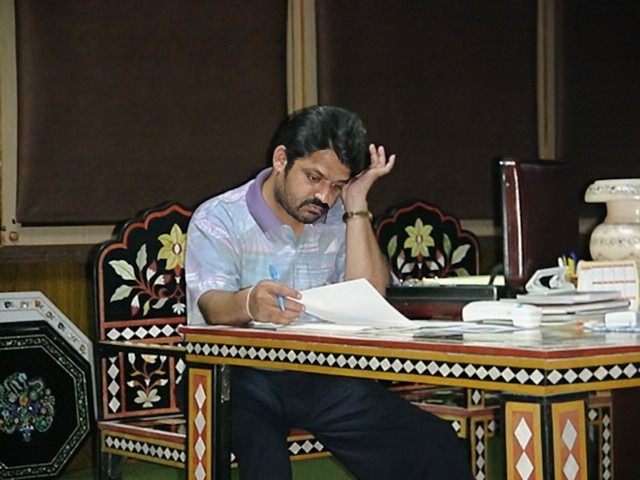Challenges faced by the Marble inlay art of Agra (Pachekari)


The Challenges of Authenticity in Today's Market
The landscape of traditional art in the modern markets faces huge challenges, especially concerning the authenticity of products. In the art of Pachekari, a unique and cherished craft originating from Agra, the prevalence of fake or counterfeit items has emerged alarmingly. Artisans who have dedicated their lives to preserving this technique are increasingly threatened by mass-produced replicas made of synthetic materials, that flood the market under the shadow of genuine craftsmanship.
One of the most significant impacts of counterfeiting is felt by traditional artisans. These individuals rely on the sale of authentic pachekari pieces not merely for their livelihood but also for the continued recognition of their art form. The rise of cheap, imitation products undercuts their hard work and dedication, often leaving them at a competitive disadvantage. Tourists and collectors, drawn to the beauty of pachekari, may unknowingly purchase these inauthentic products, believing they are acquiring an original piece of art that reflects the rich cultural heritage of Agra.
Buyers often develop a perception of the craft, associating it with mass production rather than the time-honored techniques that define genuine pachekari art. This shift in consumer sentiment poses serious questions about the sustainability of traditional practices.
Moreover, the role of responsible tourism cannot be overstated in promoting Pachekari art. Unfortunately, many tourists fall into common traps, relying on the advice of tour guides, local drivers, or tour sellers who often have fixed commissions with counterfeit shops. These shops are primarily focused on profit, frequently misleading customers with false information.
One of the most common claims made by such shops is that their marble products are crafted from Makrana marble—the same high-quality stone used in the construction of the Taj Mahal. However, this is far from the truth. These items are typically made from bad quality marble sourced from various other regions. This cheaper marble lacks the key qualities of Makrana marble: it is not as strong, does not possess the same translucence, and is more very porous, significantly reducing its durability and lifespan.
Another major issue lies in the inlay work. Genuine semi-precious stones are now rare in the market due to their high cost, difficulty in craftsmanship, and import restrictions. As a result, many small workshops resort to using synthetic or plastic substitutes. These fake stones are difficult for new buyers to distinguish, and greedy shopkeepers exploit this to make sales. The inlay work in such pieces is often of poor quality, with visible glue, uneven placement, and noticeable gaps—clear signs of bad workmanship.
These unethical practices are not only damaging the integrity of the art form but also affecting reputable galleries like Subhash Emporium, which has spent more than six decades preserving and elevating the standards of Pachekari. The gallery showcases some of the finest and most exquisite examples of this traditional craftsmanship. Each piece is meticulously inlaid into genuine Makrana marble and comes with certification verifying the authenticity of both the marble and the inlaid stones.
At the core of the gallery's philosophy lies a commitment to using genuine materials sourced from trustworthy suppliers from around the world. By prioritizing authentic substances such as high-quality marble and natural semi-precious gemstones, the gallery guarantees that the Pachekari products retain their traditional essence. This meticulous attention to materials enriches the end product, ensuring that each piece reflects the authentic craftsmanship that has been honed over centuries.
Furthermore, Subhash Emporium understands the significance of educating visitors about the intricate process of Pachekari art. The establishment offers workshops and demonstrations, allowing individuals to witness first-hand the dedication that goes into each piece. These initiatives not only promote awareness of genuine craftsmanship but also inspire a new generation to appreciate and engage with this timeless art form. Through such efforts, the gallery reinforces its role as a guardian of authentic Pachekari, ensuring that the legacy of this craft can be carried for years to come.
Lastly, it is always advisable to do your own research when planning your itinerary. This not only protects you from scams and misleading practices but also helps you make the most of your trip. When visiting a foreign land, the true essence lies in experiencing its culture, people, monuments, and traditions. So, when you choose to take home a souvenir or a piece of art, let it be an authentic representation of that heritage—something real and meaningful, rather than a product of deception.
